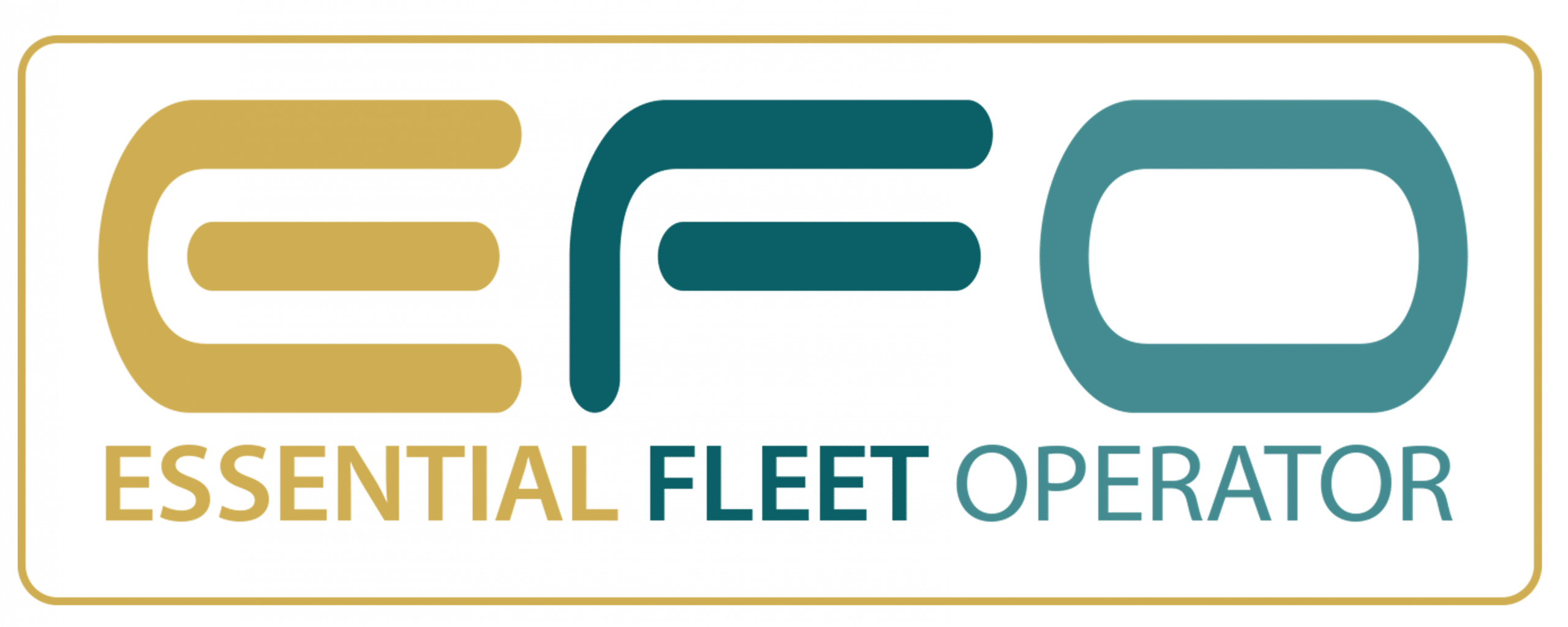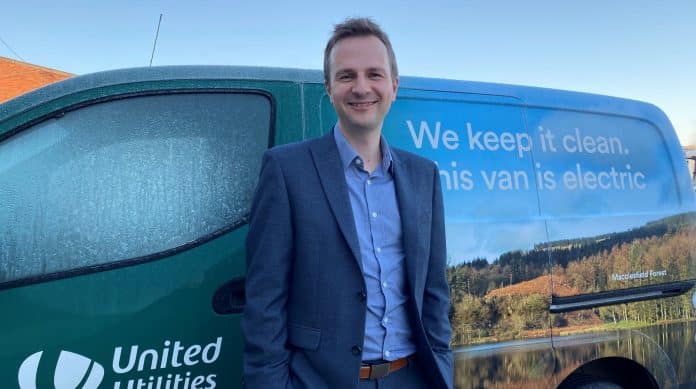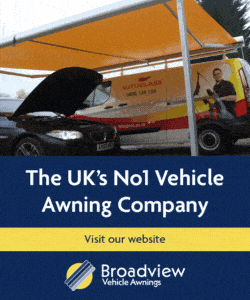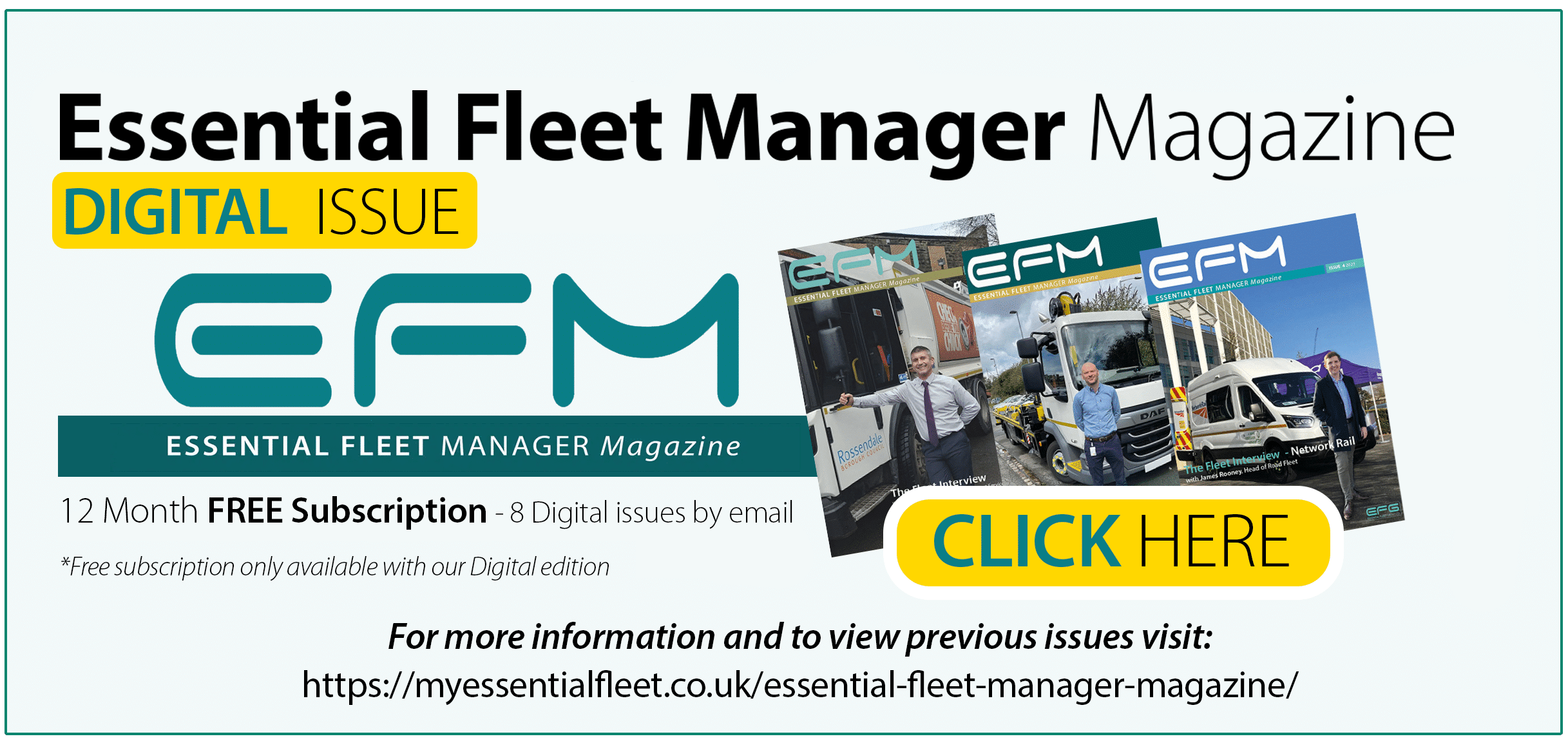United Utilities is the largest listed water company in the UK, serving a population of 7 million in North West England. As well as the supply of clean water, it also manages and treats sewage for this same population, distributed across the counties of Cumbria, Lancashire, Cheshire and a part of Derbyshire, as well as the large conurbations of Merseyside and Manchester.
Operations and a vast infrastructure are supported by a large and diverse fleet of 2,400 vehicles and recent initiatives are aimed at converting the entire fleet to green technology by 2028. It’s part of United Utilities’ wider ambition as signatories to the UN Race to Zero campaign, contributing to the UK water industry’s commitment to be net zero from 2030.
Essential Fleet Manager sat down with Steve Wolstenholme, Head of Fleet at United Utilities, who describes the background to their green initiatives and how they will be implemented.
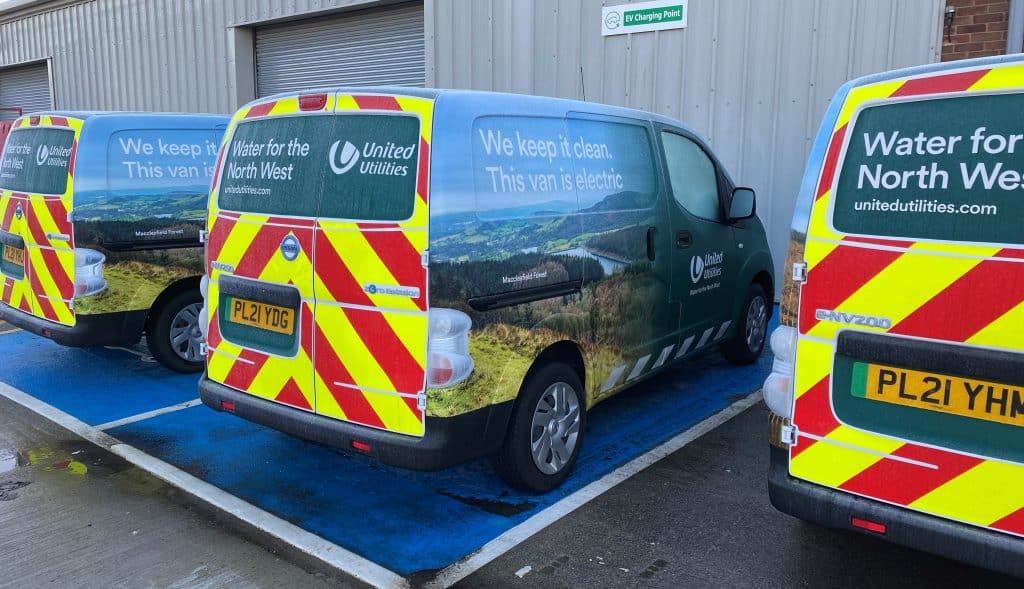
Could you summarise the infrastructure that is maintained and developed by United Utilities, to give us a true picture of the scale of your operations?
United Utilities employs more than 5,000 employees and provides water and wastewater services for 7 million people across the North West region. From urban areas like the cities of Manchester and Liverpool to the remote Lakeland fells and the Pennine Moors, it’s a highly diverse geographic area.
We own and manage over 56,000 hectares of land, mostly around our reservoirs, making us the largest corporate landowner in England.
We supply 1,800 million litres of water a day through a network of 88 water treatment plants and 42,000km of water pipes. And after our customers have finished with the water, we transport it through 77,000km of sewers to be treated at one of our 570 wastewater treatment works before it is returned clean to the environment.
What is the current breakdown of your fleet assets and broadly speaking, how are they deployed?
United Utilities Fleet consists of over 2,400 vehicles including 190 HGVs. We have a diverse fleet ranging from company cars though to small, medium and large vans, and HGVs up to 44 tonnes. The HGVs are used in our water, wastewater and bioresource operations. For example our Alternative Supply Vehicles are used to maintain water supplies during planned maintenance or pipe bursts, and we also use HGVs to clear blockages in our sewer network, and to move treated and untreated waste.
What proportion of your fleet can be reviewed and assessed with a view to replacing with battery electric vehicles?
We have set the ambition to convert our entire fleet to green technology by 2028. Broadly speaking we are looking at implementing battery electric vehicles to replace our van and company car fleet. For the HGV fleet we are assessing a range of technologies including HVO and CNG.
How much more complicated is it to look at other parts of the fleet not currently suited to battery electric vehicles? What are the alternative green fuel options?
We have an incredibly diverse fleet due to the scale of United Utilities’ operation so one size doesn’t fit all when converting the fleet to green technologies. So far we have started deploying electric vehicles to replace some of our vans and pool vehicles, successfully implemented HVO into some of our Alternative Supply Vehicles by bunkering fuel on our site and have our first CNG trucks arriving this year for our Bioresources business.
We’re also about to launch a salary sacrifice scheme for our employees to help transition to electric vehicles for personal usage.
What are the main challenges that you have faced so far and with a range of issues such as supply chain constraints, what do you foresee on your road to your 2028 objective?
We have found the two main factors key to successful transformation to be the engagement with our employees and ensuring our transition has been data-led. We have worked really closely with our trade unions and operational teams to ensure our drivers have heavy involvement in our transformation to green.
We’re training our Fleet Technicians to safely maintain our vehicles and utilising Process Excellence, enhancing the capability at our workshops to maintain EVs.
We have recently deployed Vodafone Telematics in our vehicles which has transformed our safety and maintenance performance as well as the road to green. We have set the ambition to have zero accidents whilst driving by 2030 and to support this we now issue driver behaviour reports to give our drivers specific feedback on their driving, rewarding great performance. The telematics has transformed our maintenance approach and we now remotely monitor the performance of our entire Fleet 24/7. We’ve set up a new regional operations centre which consists of a team of maintenance experts who continually monitor and intervene with predictive and proactive maintenance to reduce vehicle downtime. The telematics also means we understand vehicle usage for data led vehicle transition to green and have we have geofenced all our operational sites to model vehicle dwell time to make informed decisions about our charging infrastructure deployment.
How important is it for you to have strong relationships with expert suppliers?
This is the key to our whole transformation programme. We have relied significantly on external expertise to help us shape our transformation journey. One example is we have worked with Mina and Allstar in order to deploy home charging for some of our employees with commercial vehicles. This solution utilises data from the home charger, and Mina’s back office capability to directly reimburse each employee’s domestic electricity account each month when they have used it to charge a United Utilities van.
Are there vehicle categories that you think might be dominated by Hydrogen?
I expect battery electric power to be the dominant power source for our light vans. However for our specialised vehicles, and larger HGVs Hydrogen is likely to be a fuel of the future where the use case doesn’t lend itself to electric. I believe that alternative fuels such as biomethane, and HVO diesel will play a part in decarbonising the fleet over the next decade.
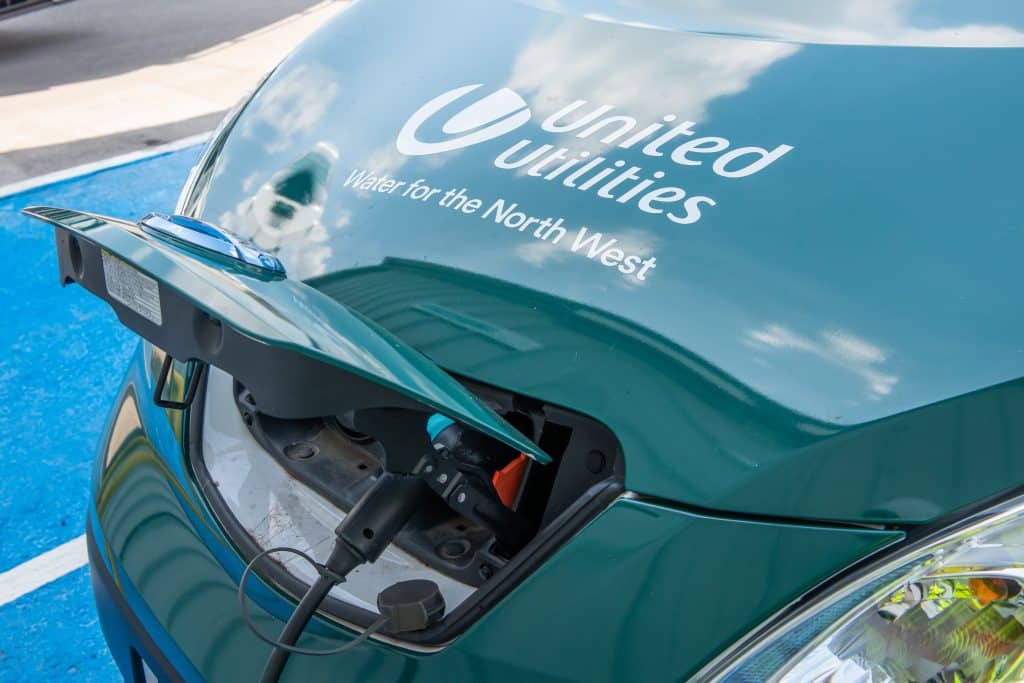
Are there any operational constraints related to green/alternatively fuelled vehicles?
We provide vehicles for over 2,400 employees in over 100 different operational roles each with different transport requirements and cover a diverse geography ranging from heavily urbanised areas such as Manchester and Liverpool through to rural areas such as the Lake District. This means we need to work closely with suppliers looking at different solutions and think innovatively about how we transition to green– one size doesn’t fit all!
The primary motivation when “greening” your fleet is plainly environmental. How would you summarise the full range other benefits to both yourselves and the population you serve?
Following COP26 last year it’s great to be part of the transformation in carbon reduction. There are so many benefits of transitioning to green technologies ranging from employee engagement, improving air quality for our customers and simply being really proud of seeing our green vehicles on the road. Most recently we’re preparing for the implementation of Manchester Clean Air Zone. It’s an incredibly exciting time for our whole industry.
